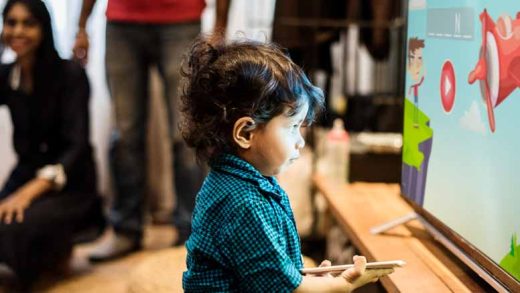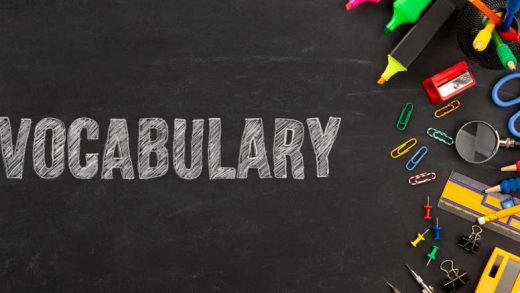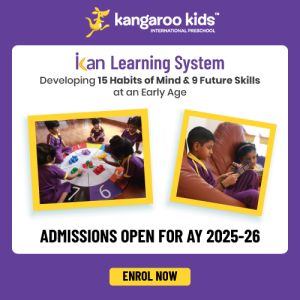Teaching young minds is always a challenging task. Parents have to find various easy and fun ways to ensure the little minds understand the concept clearly. Teaching kids who have difficulty with grasping is a little more challenging. Calling them “Slow Learners” is not correct. However, they need more repetition and explanation of the concepts. Slow learners have no underlying reading or writing disabilities. They can easily overcome it with consistent encouragement and support.
Here in this article, we provide great teaching methods for slow learners. These methods can help the parents understand their child’s mind better and help them in every way. They can also improve the child’s overall academic performance. Let’s dive right into this guide for teaching methods for slow learners.
Who are Slow Learners?
Slow learners are regarded as kids who have unsatisfactory academic performances. Those who take more time to understand the concepts being taught. They have a slower grasping capacity than the average group of kids in their class of the same age. Usually these kids have delayed infant and toddler milestone development than the average child and they need help grasping quick concepts and retaining them for a longer duration.
Kids who are slow learners are the ones categorized as dull or lazy. This is not necessarily true, and these kids can improve if you spend time with your child and help them learn things.
Strategies for Slow Learners
You should find ways to help your children overcome this difficulty. The aim is to improve the overall performance of their students. These methods not only help the kid perform better but also help the child improve mentally. A little encouragement and persistent guidance go far. The child also learns to trust you with their thoughts and problems. This helps the child build healthy relationships with you. You will inspire them to improve. But, the initial nagging might put them off. But, over time, the child will understand your intentions.
These are proven strategies for slow learners. You can easily use them in your home or classroom. They make a child’s learning more fun, engaging, and accessible.
- Counter Interactive Teaching
- Frequent Revisions
- Altering between teaching and discussing
- Teaching in smaller fragments
- Inculcating Audio and Visual Learning
- Rewarding the child but not making it the ultimate goal
Counter-interactive or Remedial Teaching is a teaching technique. You use different activities or practices to help fix the difficulties. The child may face difficulties while learning new things. It is essential for you to pay attention to the thought process and expressions of the child. It will help you analyze if the child understands the things being taught.
Frequent revisions of topics include periodic assessment of the child’s understanding ability. This activity helps them remember the topic well and lets you analyze their remembering capability. In the long run, it will aid the child in better grasping and perception. Frequent revisions are a proven way to improve a student’s memory.
It switches between monotonous concept teachings and questionnaires. Making the session interactive makes your child more attentive. They will ask questions and clear their doubts on the spot. This helps them understand the concept better. You can also share fun bits or related information about the topic they are learning, enabling them to grasp more information easily.
Let’s not burden the little minds by imparting more than they can handle. You must break the concepts into bits. This way, they can learn at their own pace and experience the learning flow. This also makes you eager to learn further, and you can cumulatively increase the volume.
Audio and visual learning are two of the greatest boons of academic knowledge. Making your child helps trigger the memory centers of their brains. Small flashcards, pictures, and audio provide great results. They make learning fun and help your kid understand concepts clearly and quickly.
Reward your child with their favorite toys, chocolates, food, or activities if they complete the task on time. This activity makes the child more attentive and focused. But at the same time, take precautions. You must make sure that the reward is not the ultimate goal. The only purpose of this strategy is to make teaching fun and keep your child engaged.
The main aim of this article is to help you understand that there is no learning disability in your child. Slow learning is a difficulty that can be easily overcome with the above techniques. With consistent practice, your child will become a star student in academics. Ultimately, we all want the best for our children. Let’s give them all the support they need to reach their full potential.
Here at Kangaroo Kids International Preschool, everyone believes each child is a born genius. With little help, they can create wonders. Contact us today to know more about our objectives.









